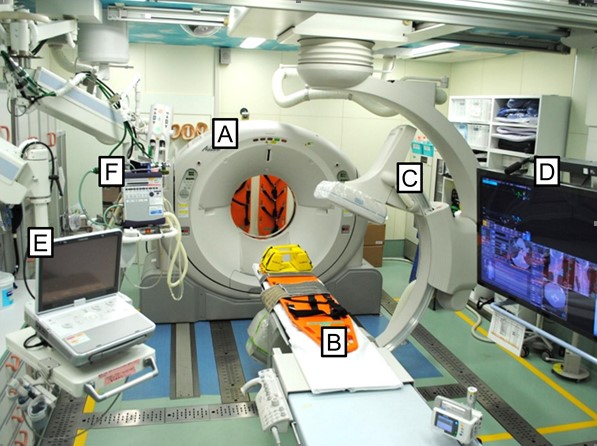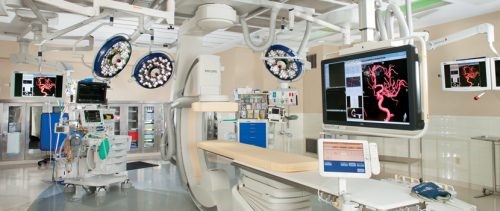You’re hooked! You are thinking back to a number of cases that you think might have done better with a hybrid room. And now let’s assume you already have one in your OR suite. Now what do you do?
The key is to avoid jumping right in and sending your next eligible patient straight to that room. You absolutely must take some time to develop policies and guidelines to make sure things go smoothly.
Here are some important things to think about:
- Identify which specific patients are eligible so you don’t squander this resource
- Who calls the OR to secure the room (surgeon, resident, other)?
- Who calls the interventional radiologist?
- What if another case (TEVAR, etc) is already on the table?
- What if another case is getting ready to use the OR? How are conflicts resolved?
- Develop an initial in-room report process so all the teams know the game plan
- Assign an extra circulator to the room. You’ll need them!
- Make sure all retractor systems (abdomen, head) fit the table! Remember that little asterisk in the previous section? Some retraction systems may need adaptors to work with your table. Don’t find this out at the last minute!
- What about lithotomy position? How will this work with your hybrid table? They don’t have sections that break away.
- Ensure radiation protection for all, including thyroid shields.
- Bag the bottom x-ray detector, otherwise it will get very, very gross!
- Create an external fixator equipment cart that can be moved into the hybrid room.
- Create an embolization cart with appropriate wires, catheters, coils, etc. This stuff may not be stocked normally in the hybrid room
And I’m sure there are more details that I haven’t thought of. If you have some helpful suggestions, policies, or protocols, please share them with me!



